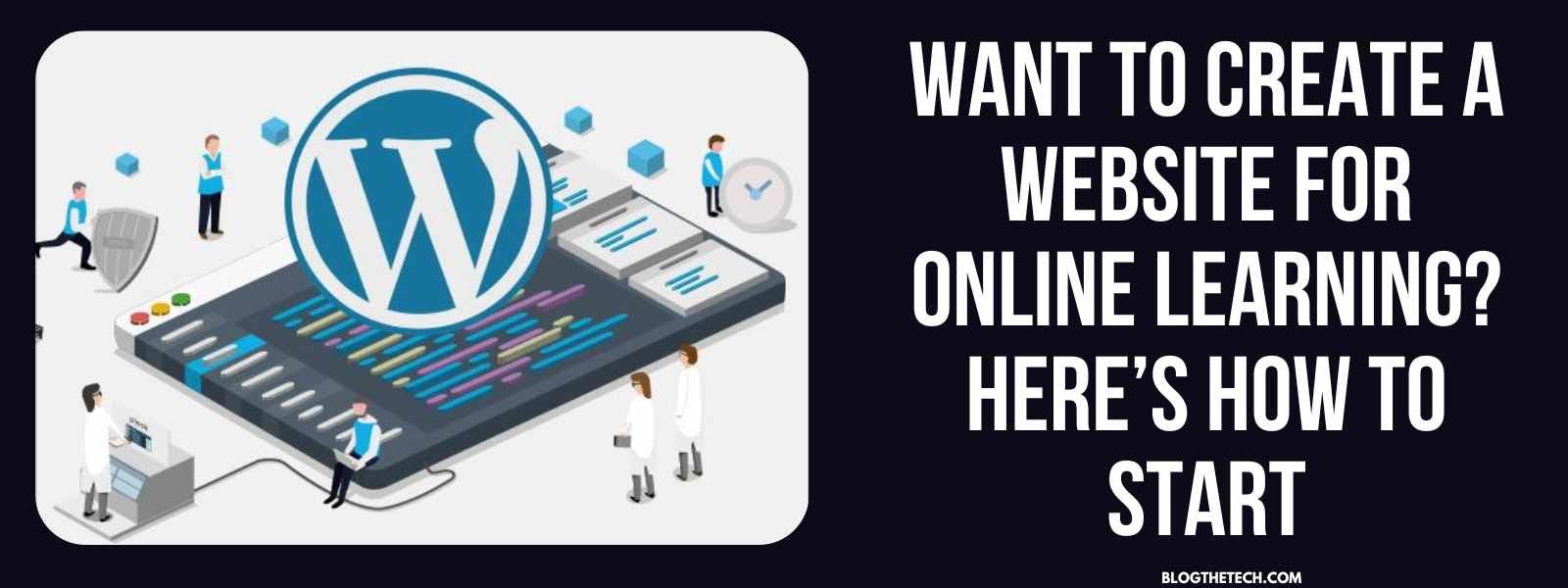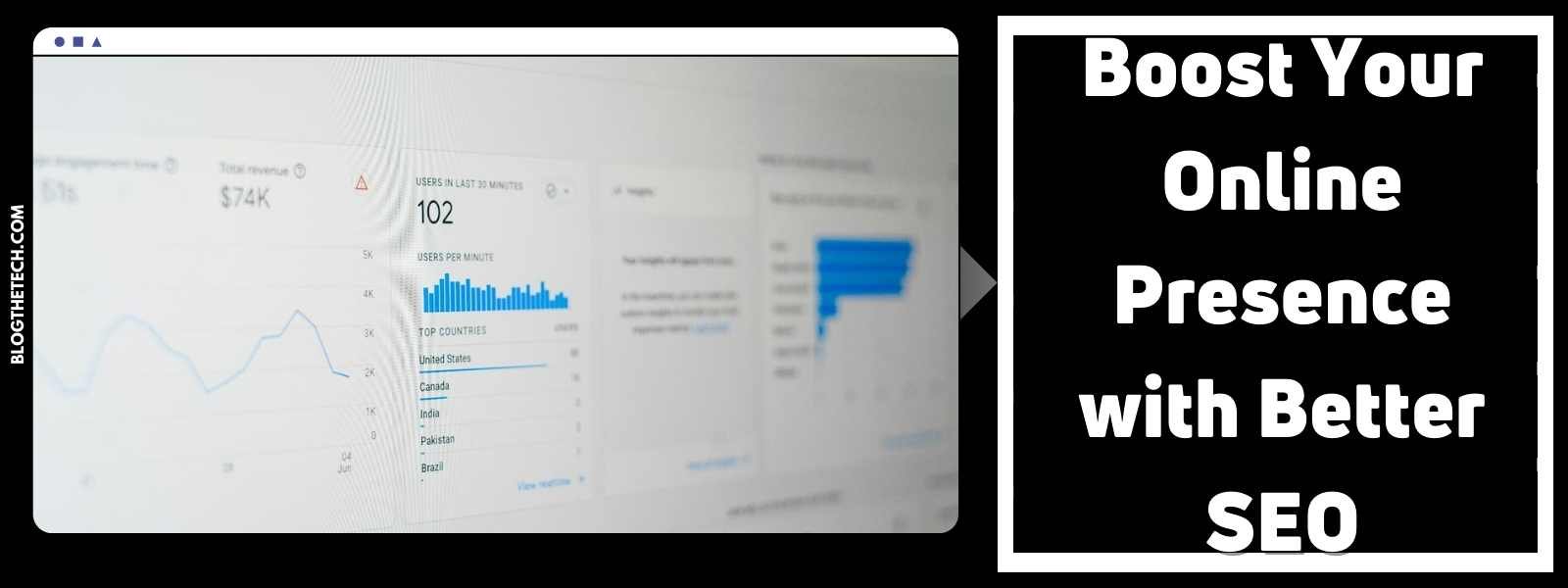When designing a WordPress blog, it should be noted that the categories and tags in the blog, actually contribute to the SEO (search engine optimization) of the blog and also play a vital role, in how users would navigate on the platform.
Why WordPress categories?
WordPress categories and tags are the two most important aspects of the user experience point of view.
For example, most of the related posts plugins use categories and tags to show related posts.
If your categories are not well structured, related posts will show irrelevant articles, and it will have a negative effect on the bounce rate of your WordPress blog
How To Structure WordPress Categories:
Planning the categories of your blog should be done from day one; do it as you are writing your blog’s business plan. Now let’s say you’re planning to create a blog, which would be centered on WordPress development and topics, you can structure is as below:
- WordPress Themes
- WordPress Plugins
- WordPress SEO
- WordPress News
- WordPress Hacks
- Editorial
This helps you (the author of the blog) to stay focused on my content strategy, and moreover, if you’re writing off-topic, this guide gives the warning to get back on track.
Now, the question arises:
- Are WordPress categories good for SEO?

As I mentioned above, WordPress categories are useful for structuring your blog. From a search engine perspective, Google is much more interested in your content (posts). Moreover, category archive pages are considered a “low-quality page” as it doesn’t add any value in terms of search engine optimization.
Categories and SEO:
Usually, people think that the more pages we have in search results, the more traffic will we get.
This was true in 2011 when search engine bots were not so smart. The more indexed pages, the higher the traffic.
But with the Google Panda update, search engines made it clear that they hate content farming– adding pages into search engines that serve no value.
NB: Pandas has to do with the manipulation of data and data frames
A category page usually contains the archive of a select category, and depending on your blog design, it may show a complete post or a post excerpt.
Now, here are two questions that you should ask yourself:
- Is your category page solving any problem to a user using Google Search?
- If your category page is indexed, isn’t it showing the same content as your post?
In short, category pages are useless from an SEO perspective but beneficial from the user experience point of view as it offers another way to navigate your site. It’s also helpful for search engine bots to crawl your website deeper.
My recommendation:
- For better SEO, keep WordPress categories as “no-index“ but “do-follow”.
This will ensure that search engine bots can crawl all links, but will not index category pages.
If you are planning to change your existing category names to something more sensible, make sure your permalinks are not affected by this change.
If you use permalinks like “%category% / %posts%”, I would not advise you to change your categories or use a permalinks migration plugin for your blog.
Though some SEO experts suggest that using “%category% / %posts%” or “%date% / %posts%” is a Google-friendly permalinks structure, I would rather stick with a “%post%.html” structure. The reason for this is that my posts will never get old and I can reuse them whenever I want.
I hope this post was certainly useful for you and would give you an insight on how to properly structure and create SEO optimized categories for WordPress.





